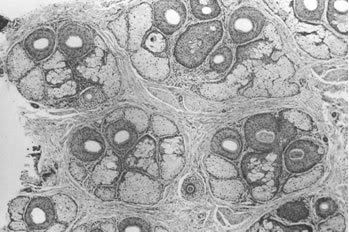» »
» » bvertotty said "It has been generally accepted that FUE produces higher
» » hair count per graft. This is due to the nature of a doc being able to
» » cherry pick larger grafts. There was a study presented about this by
» dr.
» » Mwamba (if I am not mistaken) at the ISHRS in San Diego. So this is not
» » BS, this is fact. "
» »
» » Well I think it’s bull sh*t, can I see the study ? Everybody knows if
» you
» » want to max out your donor, the only way is by strip.
»
» I thnk it is not only insulting to refer to this study / idea as bull it
» also shows a lot of ignorance.
»
» The comments by bevrotti have been explained over and over again on these
» boards and it is not rocket science. At least try to get to grips with an
» idea before becoming critical about it.
»
» If you can pick a follicle then a follicle with the most hair can be
» picked. When performing strip this cannot be done.
»
» It may be that strip produces better results but that does not impact on
» the truth of these comments and you will need to look for other reasons.
Marco,
Of course with FUE you can handpick your grafts and the average as bverotty states can be close to 3 vs 2 in FUT, fair enough. Marco, bverotty was really implying was after he gets the grafts to be split or something, as well as hand picking the grats.
The problem I have is this statement from bverotty:
“Let there be no mistake : FUE megassesions are for anyone who seeks hair transplants without having to worry about scarring or other nasty side effects of outdated procedures”
- First he is implying that FUE is for anyone, those with a NW2 and those with a NW6 and beyond.
- FUE produces no scarring according to him or any nasty effects as a result of using outdated procedures which of course he is implying FUT. On what world is he living? One thing is working for a clinic as his representative and another choosing your words wisely, realize that the vast majority of top docs use FUT, and some but few use also FUE. Also understand that FUT and FUT are 2 compatible techniques and a top doc as surely the one you represent SHOULD know when to use one and when to use another.
I am aware that you are into FUE megassions, but at least recognize its limitations which are many. This is a forum for begginners and people who have been around the block for a long while to exchange unbiased ideas. - I am still waiting for you to reply to my previous post, and you know what, I have a feeling you wont, why? simply cause you dont have an answer.
Personally I think you should educate yourself more before you come out here and disinformn to say the least many forum members.
These last comments are meant for bverotty, not for you marco.


